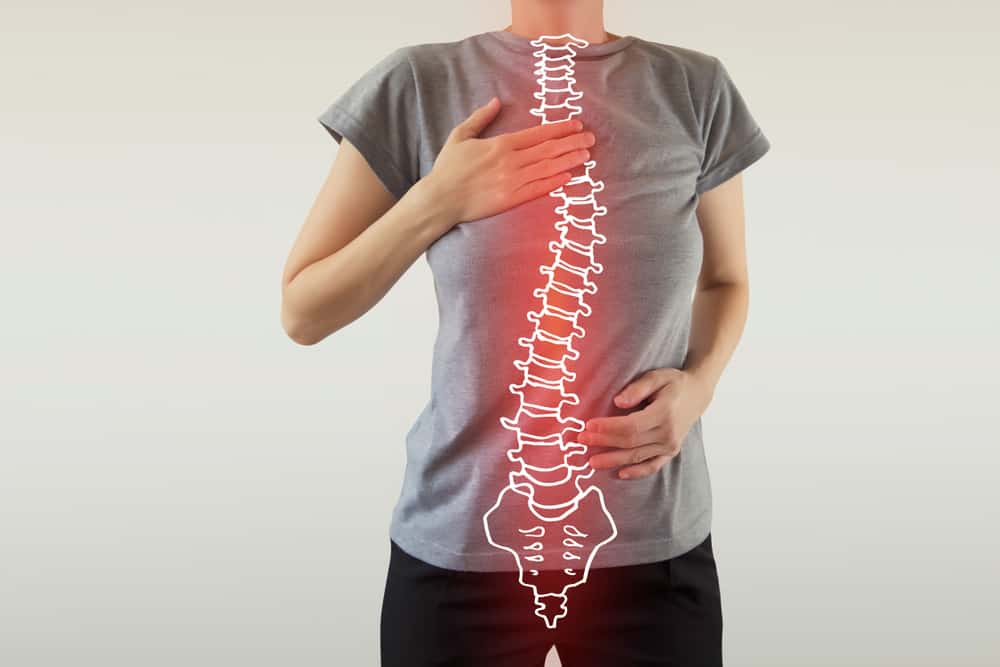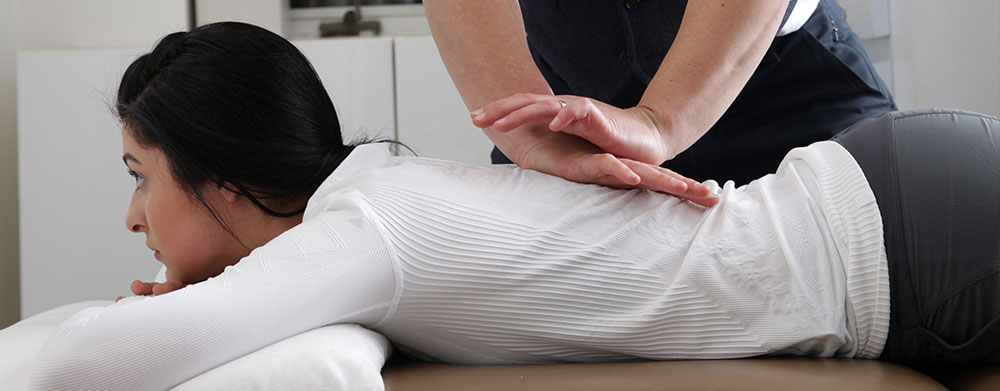How Long Does It Take to Heal from Scoliosis Surgery: Scoliosis is a condition characterized by an abnormal curvature of the spine, which can cause pain, discomfort, and limited mobility. In severe cases, surgery may be recommended to correct the curvature and alleviate symptoms. However, undergoing scoliosis surgery is a major decision that requires careful consideration. One important aspect to consider is the recovery process and how long it takes to heal from scoliosis surgery. In this article, we will explore the various stages of recovery, from immediate post-operative care to long-term healing, as well as potential complications and the importance of emotional support during this journey.

Understanding Scoliosis Surgery
Scoliosis surgery, also known as spinal fusion, involves the use of metal rods, screws, and bone grafts to straighten and stabilize the spine. The surgery aims to correct the curvature and prevent further progression of the condition. The procedure can take several hours, depending on the complexity of the case, and is typically performed by a specialized orthopedic surgeon.
How Long Does It Take to Heal from Scoliosis Surgery: Preparing for Scoliosis Surgery
Before undergoing scoliosis surgery, thorough preparation is essential. This includes pre-operative consultations, medical tests, and discussions with the surgical team. It is important to follow any pre-operative instructions provided by the surgeon, such as fasting before the surgery and stopping certain medications that may interfere with the procedure. Additionally, patients may be advised to engage in pre-operative exercises to strengthen their muscles and improve their overall physical condition, which can aid in the recovery process.

Immediate Post-Operative Period
After scoliosis surgery, patients are closely monitored in the recovery room before being transferred to a hospital room. During this period, pain management is a top priority. Medications, such as opioids or non-steroidal anti-inflammatory drugs (NSAIDs), may be administered to control pain. The surgical team will also monitor vital signs, such as heart rate and blood pressure, to ensure a smooth recovery.
Hospital Stay and Pain Management
The length of the hospital stay following scoliosis surgery can vary depending on the individual and the complexity of the surgery. On average, patients can expect to stay in the hospital for about 4 to 7 days. During this time, pain management is crucial to ensure comfort and facilitate healing. The medical team will work closely with the patient to find the most effective pain relief methods, which may include a combination of medications, physical therapy, and alternative therapies such as acupuncture or massage.
Physical Therapy and Rehabilitation
Physical therapy plays a vital role in the recovery process after scoliosis surgery. It helps restore strength, flexibility, and mobility, and aids in the proper alignment of the spine. Physical therapy sessions typically begin in the hospital and continue on an outpatient basis after discharge. The therapist will guide patients through exercises and stretches specifically designed to target the affected areas and promote healing. It is important to follow the therapist’s instructions and attend all scheduled sessions to achieve optimal results.

Retorno a las actividades cotidianas
Returning to daily activities after scoliosis surgery is a gradual process that requires patience and adherence to the surgeon’s guidelines. Initially, patients may need assistance with basic tasks such as dressing, bathing, and getting in and out of bed. As the recovery progresses, patients can gradually increase their activity levels, but it is important to avoid strenuous activities or heavy lifting until cleared by the surgeon. It is also crucial to maintain good posture and body mechanics to prevent strain on the spine.
Long-Term Recovery and Healing
The long-term recovery and healing process after scoliosis surgery can take several months to a year. During this time, the spine gradually fuses and stabilizes. It is important to follow the surgeon’s instructions regarding physical activity, wearing a brace if necessary, and attending regular follow-up appointments. The fusion process can be influenced by factors such as age, overall health, and the extent of the surgery. It is essential to be patient and allow the body to heal at its own pace.
Posibles complicaciones y riesgos
While scoliosis surgery is generally safe and effective, like any surgical procedure, it carries potential risks and complications. These can include infection, bleeding, nerve damage, blood clots, or failure of the fusion to occur. It is important to be aware of these risks and discuss them with the surgeon before making a decision. The surgical team will take all necessary precautions to minimize these risks, but it is crucial to be vigilant and report any unusual symptoms or concerns promptly.
Emotional and Psychological Support
The recovery process after scoliosis surgery can be physically and emotionally challenging. It is common for patients to experience a range of emotions, including anxiety, frustration, and sadness. It is important to seek emotional and psychological support during this time. This can be in the form of counseling, support groups, or talking to friends and family. Connecting with others who have undergone similar surgeries can provide valuable insight and encouragement.
Follow-Up Care and Monitoring
Follow-up care and monitoring are essential components of the recovery process after scoliosis surgery. Regular check-ups with the surgeon will allow for the evaluation of progress and the detection of any potential complications. X-rays and other imaging tests may be performed to assess the fusion progress and ensure the spine is healing properly. The surgeon may also provide guidance on when it is safe to resume certain activities or sports.
Conclusión
Recovering from scoliosis surgery is a journey that requires patience, dedication, and support. The length of the recovery process can vary depending on individual factors, but on average, it can take several months to a year to fully heal. By understanding the various stages of recovery, following the surgeon’s instructions, and seeking emotional support, patients can navigate this process with confidence and achieve the best possible outcome. Remember, each person’s recovery is unique, and it is important to listen to your body and give it the time it needs to heal.
Referencias
- Weinstein SL, Dolan LA, Cheng JC, et al. "Escoliosis idiopática del adolescente". Lancet. 2008;371(9623):1527-1537. doi: 10.1016/S0140-6736(08)60658-3
- Negrini S, Donzelli S, Aulisa AG, et al. "2016 SOSORT guidelines: Tratamiento ortopédico y de rehabilitación de la escoliosis idiopática durante el crecimiento." Escoliosis y trastornos de la columna vertebral. 2018;13:3. doi: 10.1186/s13013-018-0175-8
- Trobisch P, Suess O, Schwab F. "Escoliosis idiopática". Dtsch Arztebl Int. 2010;107(49):875-883. doi: 10.3238/arztebl.2010.0875
- Hresko MT. "Práctica clínica. Escoliosis idiopática en adolescentes". N Engl J Med. 2013;368(9):834-841. doi: 10.1056/NEJMcp1209063
- Bettany-Saltikov J, Weiss HR, Chockalingam N, et al. "Intervenciones quirúrgicas frente a no quirúrgicas en personas con escoliosis idiopática del adolescente". Base de datos Cochrane Syst Rev. 2015;2015(4). doi: 10.1002/14651858.CD010663.pub2
- Administración de la Seguridad Social. "Prestaciones por incapacidad". https://www.ssa.gov/benefits/disability/
- Lonstein JE, Carlson JM. "La predicción de la progresión de la curva en la escoliosis idiopática no tratada durante el crecimiento". J Bone Joint Surg Am. 1984;66(7):1061-1071. doi: 10.2106/00004623-198466070-00008
- Kaspiris A, Grivas TB, Weiss HR, Turnbull D. "Escoliosis: Revisión del diagnóstico y tratamiento". Revista Internacional de Ortopedia. 2013;37(1):34-42. doi: 10.1038/s41390-020-1047-9
- Monticone A, Ambrosio L, Rocca B, Ferrante S. “The efficacy of a multidisciplinary rehabilitation program in patients with idiopathic scoliosis.” Revista Europea de la Columna Vertebral. 2016;25(3):637-645. doi: 10.1007/s00586-015-4095-1
- Chiu TT, Lee KH, Chan PS, et al. “Effectiveness of scoliosis-specific exercises for adolescents with idiopathic scoliosis.” Fisioterapia. 2009;89(5):357-367. doi: 10.2522/ptj.20080058
- Kuru T, Yeldan İ, Acar HI, et al. “The effect of scoliosis-specific exercises on the severity of idiopathic scoliosis: A systematic review.” Escoliosis. 2011;6:1. doi: 10.1186/1748-7161-6-1
- Lantz JC, Yadla S, Park P. “Current trends in scoliosis treatment: An update on spinal bracing and surgical options.” Clínicas Ortopédicas de Norteamérica. 2016;47(2):291-300. doi: 10.1016/j.ocl.2015.12.001
- Rigo M, Rigo I. “Scoliosis: Current and future trends.” Revista de ortopedia pediátrica. 2018;38(1):13-19. doi: 10.1097/BPO.0000000000000931
- Weiss HR, Trobisch P, Schumann J. “The impact of scoliosis on daily life activities and quality of life.” Columna vertebral. 2014;39(1). doi: 10.1097/BRS.0000000000000055
- Choi JH, Kim JH, Lee DH, et al. “Outcome of non-surgical treatment for adolescent idiopathic scoliosis: A systematic review.” Revista Europea de la Columna Vertebral. 2020;29(2):332-344. doi: 10.1007/s00586-019-06131-7

